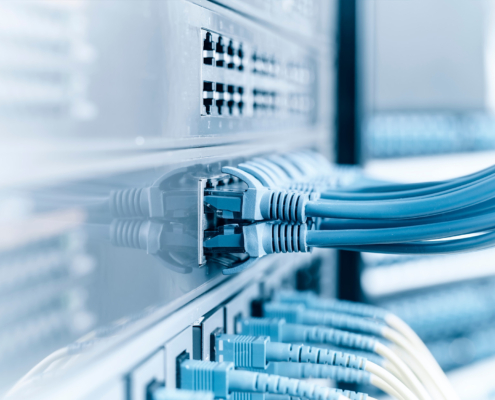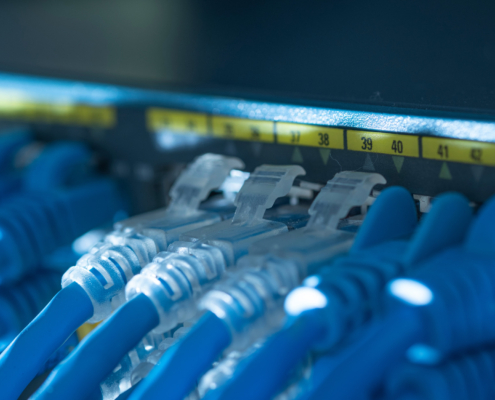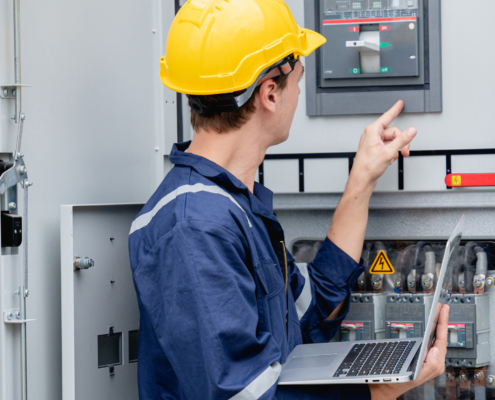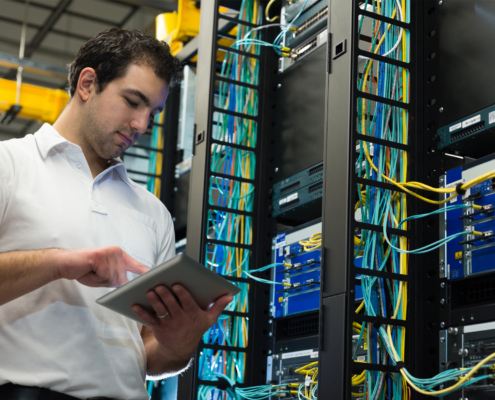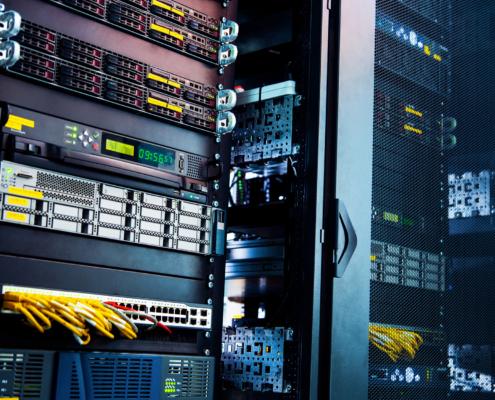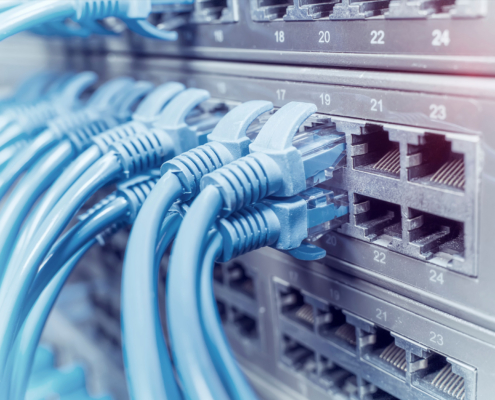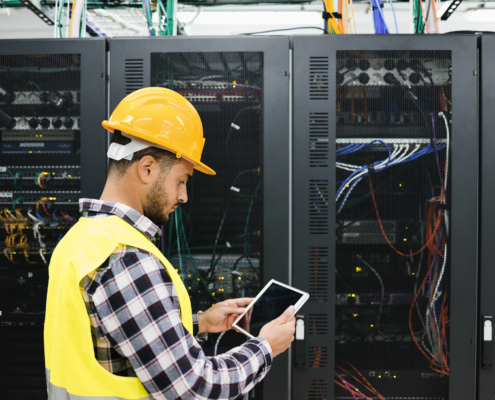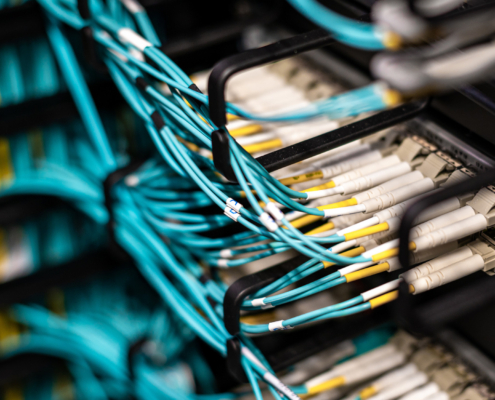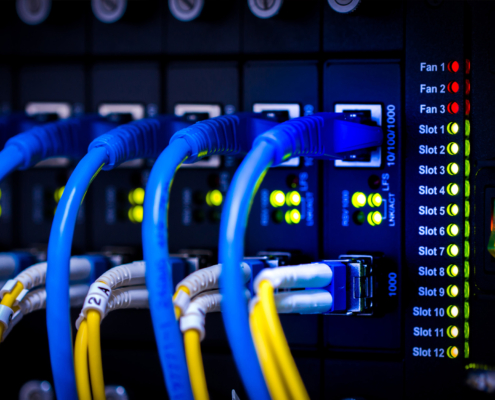Why Is Fiber Optic Better Than Traditional Internet?
Fiber offers symmetrical upload and download speeds—often 1 Gb/s, 10 Gb/s, or more—while cable/DSL usually caps uploads at a fraction of download speeds. Fiber signals travel farther without repeaters, suffer no EMI, and support higher bandwidth for video, cloud, and VoIP.
How Does Fiber Impact Business Productivity?
Faster file transfers, smoother video calls, and reliable application access reduce wait times and frustration. Teams spend less time waiting for backups or slowness, which means more time innovating, closing deals, or serving clients.
Is It Worth Upgrading From Cable to Fiber?
If you’re hitting bandwidth ceilings, experiencing regular outages, or planning growth, fiber’s ROI becomes clear. You’ll spend less on emergency network repairs and enjoy lower energy and cooling costs over copper, since fiber requires no repeaters.
What Is the Installation Process Like?
It starts with a site survey and feasibility study, progresses through permitting and pathway design, then moves to the fiber pull, termination, and comprehensive testing. Most installs happen over a few weekends to minimize disruption.
Can I Get Fiber in My Office Building?
Almost always, yes. Check with your building’s management or local service providers to confirm whether fiber is already in the riser or nearby. If not, a new conduit run from the street vault to your MDF may be required.
